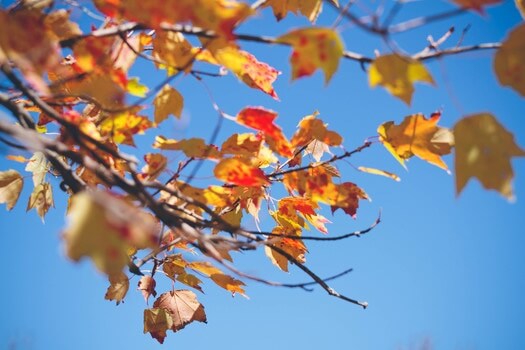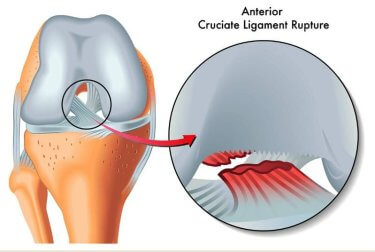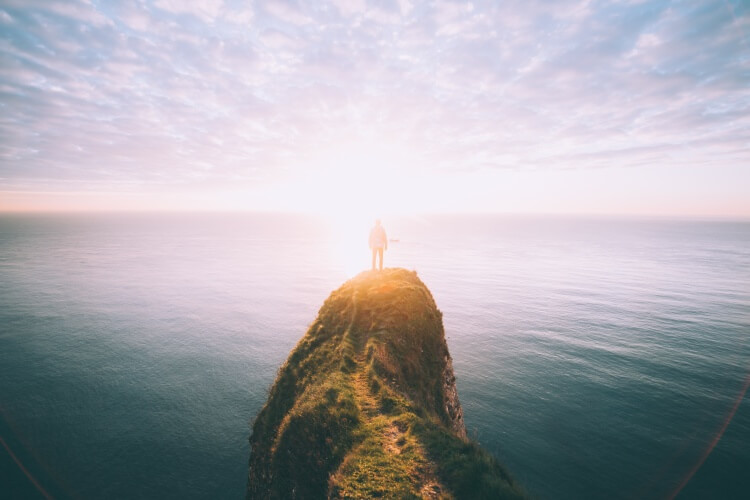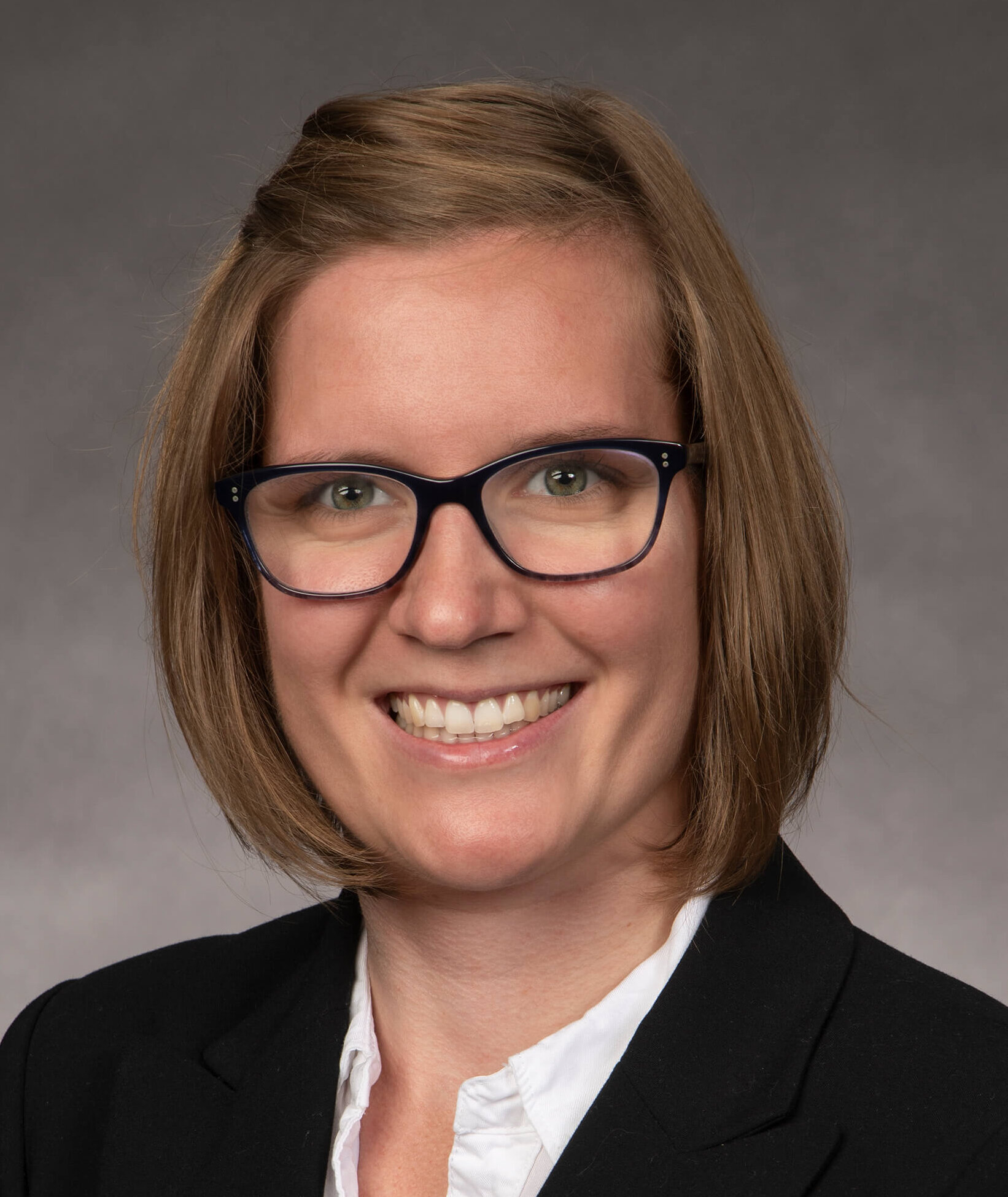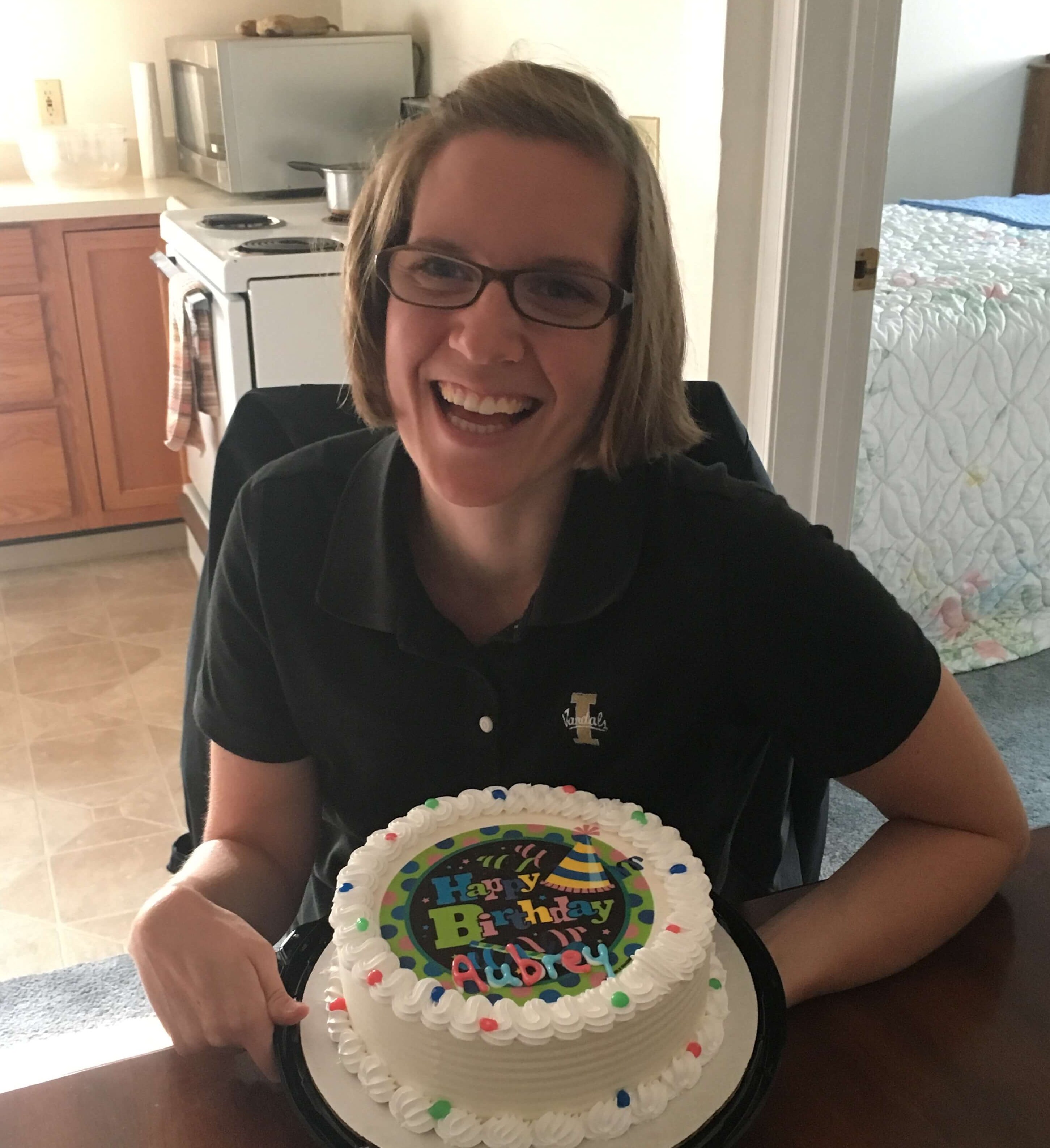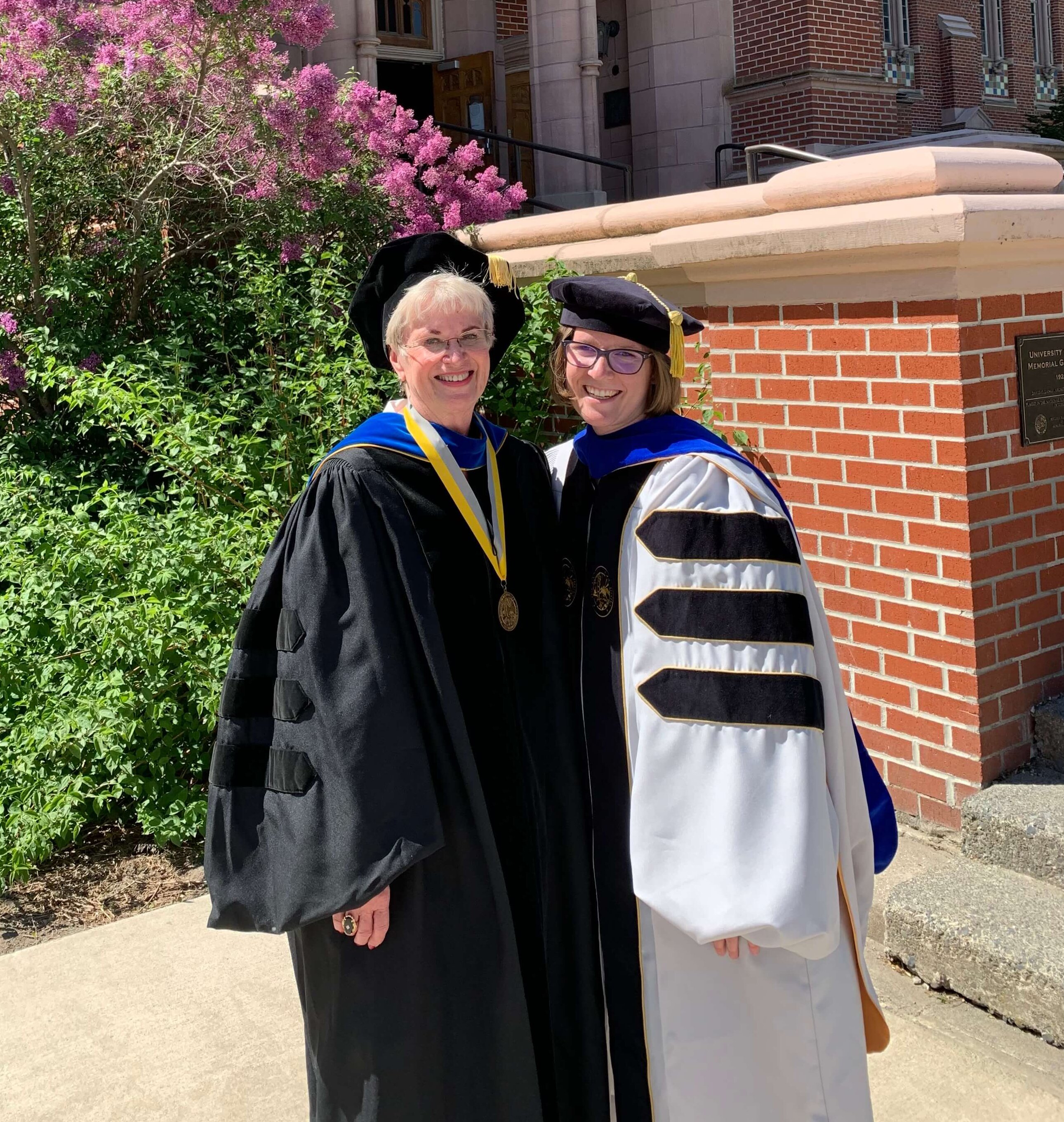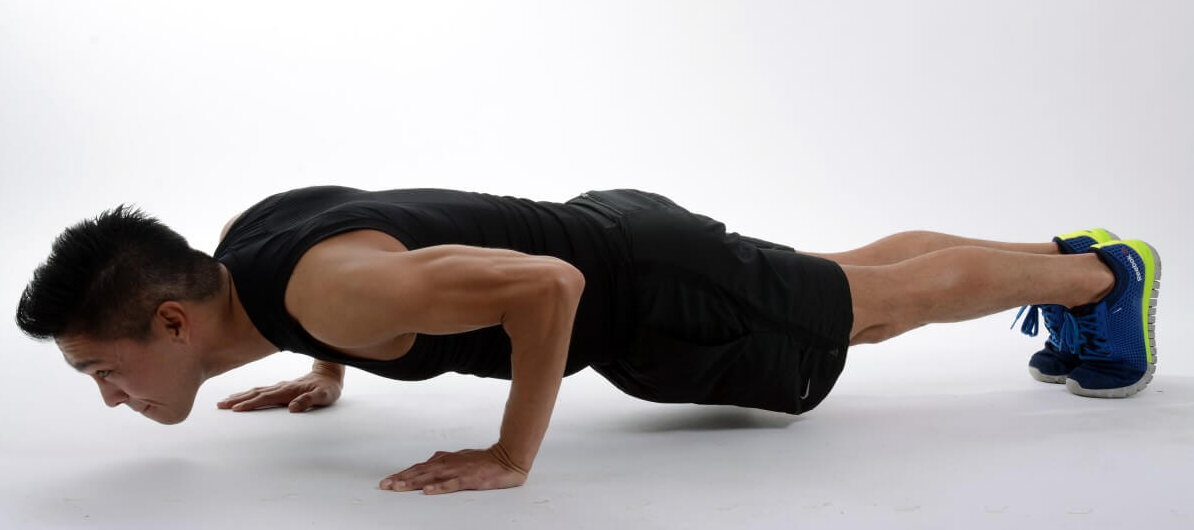
As a longtime physical educator, I know and value the importance of quality physical education to our children’s well-being. I am also a military veteran raised by two veteran parents and have two siblings who also served in the military. Needless to say, like physical education, I also value the military and how it protects its citizens from threats and supports peace and stability worldwide. Naturally, both professions are tied to the common goal of high levels of quality physical fitness. Unfortunately, both professions are currently struggling to meet this goal, and the consequence of this continuing failure puts nations at risk.

Fitness in our Schools
The necessity to improve physical fitness and overall health in school-aged children in the United States has received considerable attention ever since the Kraus-Weber Test was national news in 1953 for revealing American children’s poor fitness scores when it came to postural muscles and flexibility (Kraus & Hirschland, 1953). President Eisenhower established the President’s Council on Youth Fitness in 1956 in response to the test results with the goal of promoting youth fitness (Esmonde & Jette, 2021). Regardless of the continuous efforts of the President’s Council on Youth Fitness over the past 80 years, youth physical activity levels have struggled.
